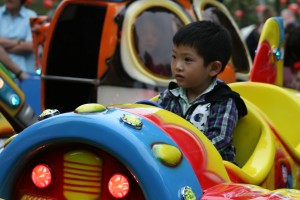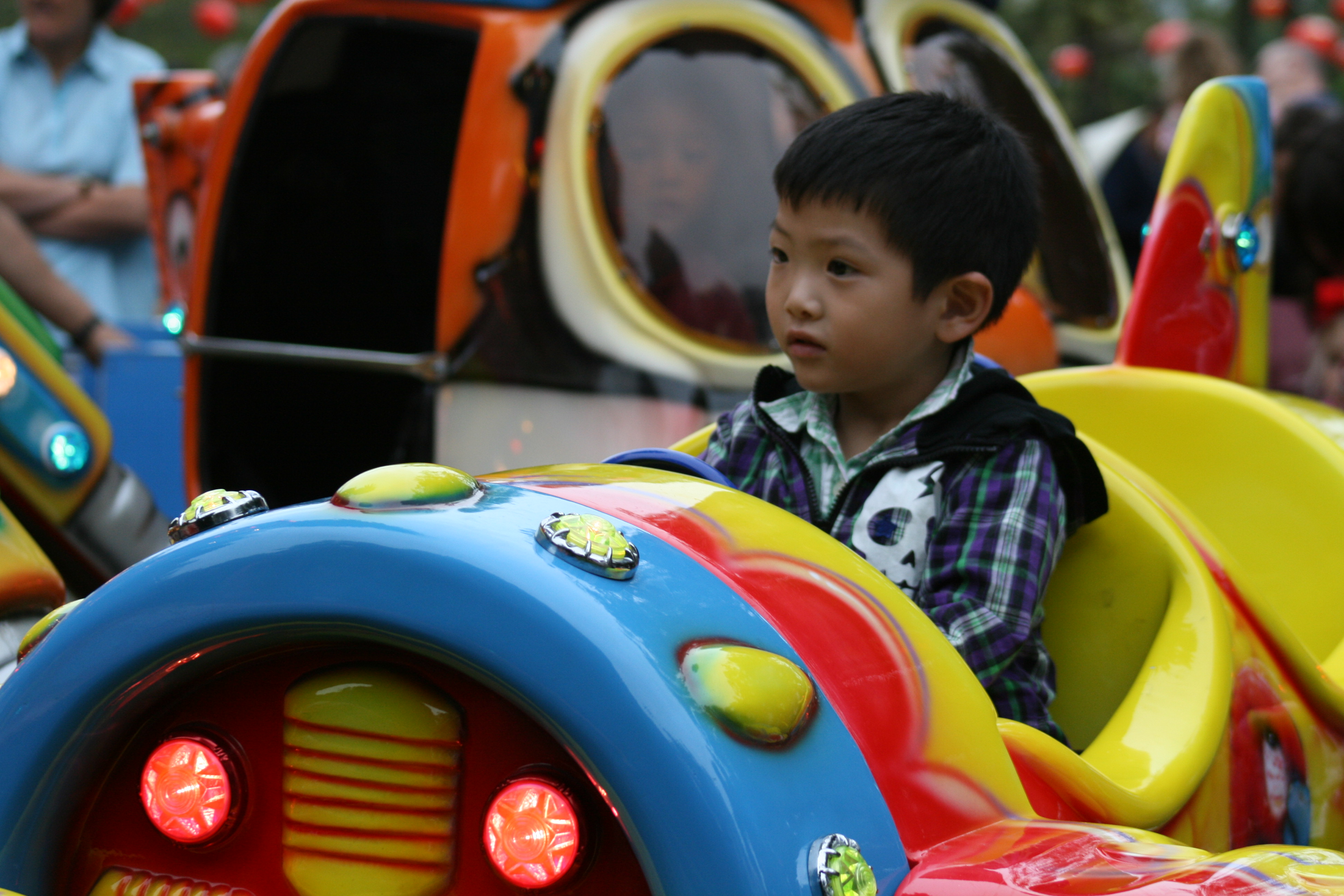The country’s birth rate has reduced, death rate has increased, and it has recorded one of the lowest rates of population increase overall. It is time for New Zealand to open doors for migrants. Of course, the country can debate on what colour the new residents should be.
But the numbers are not in favour at this stage. Just over 61,000 babies were born in New Zealand in 2011, the lowest in the last five years. At the same time, 1640 more people died in 2011 than the year before, partly because of the Christchurch earthquake. The number of deaths in 2011 exceeded 30,000 for the first time.
“The number of deaths is gradually increasing due to population growth in the older age groups,” says Statistics New Zealand’s population statistics manager Andrea Blackburn.
With these birth and date numbers, the Kiwi population increased by 31,400 people – the lowest since 2006. That’s before taking into account emigration – people leaving the country.
As many as 1855 more people left New Zealand than those that arrived in the country.

The country has lost 44,900 people to Australia alone. After considering this migration effect, the country recorded only 0.7% population growth which is only 29,600 people, again the smallest rise in a decade.
Also, the population loss due to emigration is now different from the last decade. Young professionals and parents in their thirties are leaving the shores, as against a younger population in their twenties leaving in the 1990s.
Statistics NZ’s projections indicate that deaths will continue to increase, and are expected to surpass 40,000 in 2029 and 50,000 in 2042.
Two in three people (67%) leaving New Zealand on long-term basis were citizens of the country (year ended June 2011), while only 28% of New Zealand citizens have returned.
Clearly, the gap needs to be filled, and it will need to be filled by migrants. And where will these migrants come from? Maybe the past numbers can be an indication. The largest net inflow of permanent migrants to New Zealand was from India (6,000), followed by the United Kingdom (5,200), and China (4,200) during the year ended June 2011.
There were also inflows from the Philippines (1,800), Germany (1,400), the United States, Ireland (each 1,100), Japan, and Samoa (each 900).
Here’s the good news – while New Zealand is faced with the problem of ageing (read ‘non-working’) population, the long-term migrants it is attracting is an ideal match. Half of long-term arrivals were 15–29 years of age – just the right group to train and assimilate the youth in the Kiwi culture.
Ironically, the numbers also show that non-citizens are less likely to leave New Zealand, and citizens are less likely to return to New Zealand.
Here are numbers – in the June 2011 year, 60,200 non-New Zealand citizens migrated to New Zealand, compared to only 23,800 New Zealand citizens returning. New Zealand-citizen departures numbered 53,700 in the same year, while non-New Zealand citizen departures were only 26,400.
Let’s bite the bullet and accept that New Zealand needs migrants for its economy to sustain its pace, and those migrants are likely to be from India, China, the UK and Philippines.
Between 2006 and 2026, the broad Asian, Pacific, and MÄori ethnic populations are all projected to grow faster than the New Zealand population overall.
The most significant change will be to the broad Asian ethnic group, comprising 16% of the total population by 2026, up from 10 percent in 2006.
However, there’s no need to panic about “ethnic invasion”. ‘European’ will still be the largest ethnic group, making up 70% of the total population in 2026, although this is a drop from 77% in 2006.
It’s about time New Zealand immigration opened its borders; and Kiwi employers opened their arms and hearts to utilise the inflow of skilled migrants.
Auckland to lead by example
When it comes to such ethnic diversity, the Auckland region will have to show the way to the rest of the country. As a region with most jobs in the country, it will be a natural attraction for migrants.
About two-thirds of the growth in the Asian population during 2006–21 is projected to occur in the Auckland region, and almost half of the national growth is projected to occur in Auckland and Manukau cities. In Auckland city, one-third (34%) of its residents will identify with an Asian ethnicity by 2021, up from one-quarter (25%) in 2006. In fact, Auckland, Manukau, North Shore and Waitakere cities will be home to 65% of New Zealand’s Asian population in 2021, compared with 64% in 2006.

Leave a Reply